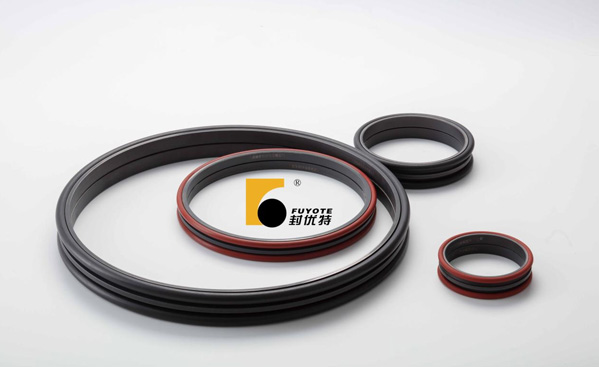In comparison to conventional skeleton oil seals, floating seals employ a bidirectional installation approach and facilitate efficient oil sealing via an oil film. They offer considerable benefits in high-speed operations and adverse conditions. Studies have shown that floating seals can prolong the operational life of mechanical parts, ensure the uninterrupted functioning of machinery, and are critically important in upholding the stability of mechanical systems and enhancing their longevity.

Prior to the widespread adoption of floating seals, skeleton oil seals were the norm for protecting internal bearings and components at machinery ports. Composed primarily of rubber and utilizing an internal spring for self-tightening around the shaft, skeleton oil seals fulfilled their sealing function. These seals are appropriate for low-speed machinery and less rigorous working conditions, providing an effective barrier against dust ingress via a dustproof lip and ensuring the oil seal’s stability.
Nevertheless, skeleton oil seals are incapable of withstanding balanced force under extreme temperatures and high-speed conditions, which compromises their sealing efficacy. In such scenarios, floating seals emerge as the superior alternative. Unlike their counterparts, floating seals feature a bidirectional installation method, securing the seal within the housing cavity and leveraging an oil film for optimal sealing efficiency. Owing to their exceptional adaptability and sealing capabilities, floating seals have increasingly supplanted skeleton oil seals and are now the preferred choice for numerous high-performance machines.
In conclusion, as an advanced sealing solution, floating seals are instrumental in mechanical protection. By effectively barring contaminant ingress and safeguarding internal mechanical parts, they exhibit significant advantages in high-speed and severe environmental applications. Thus, floating seals are vitally important for ensuring the stability and extending the lifespan of mechanical equipment.